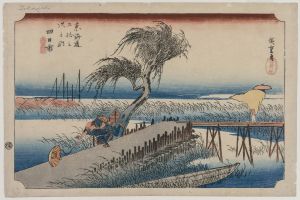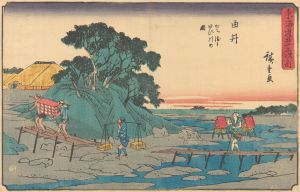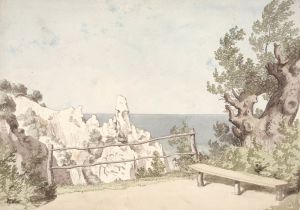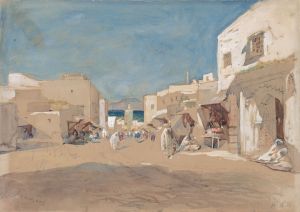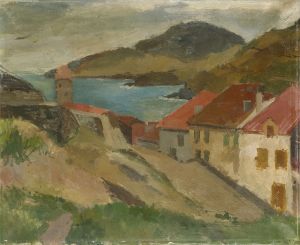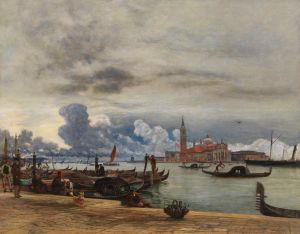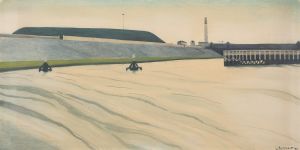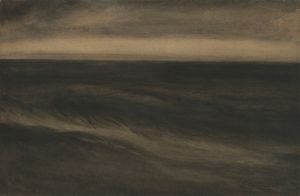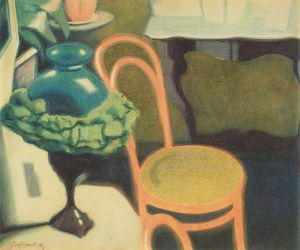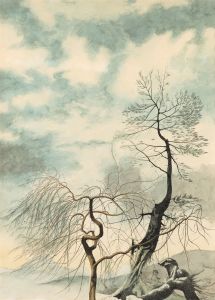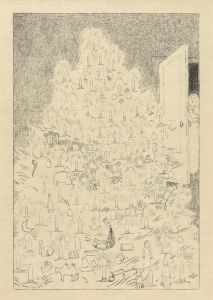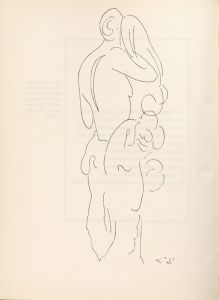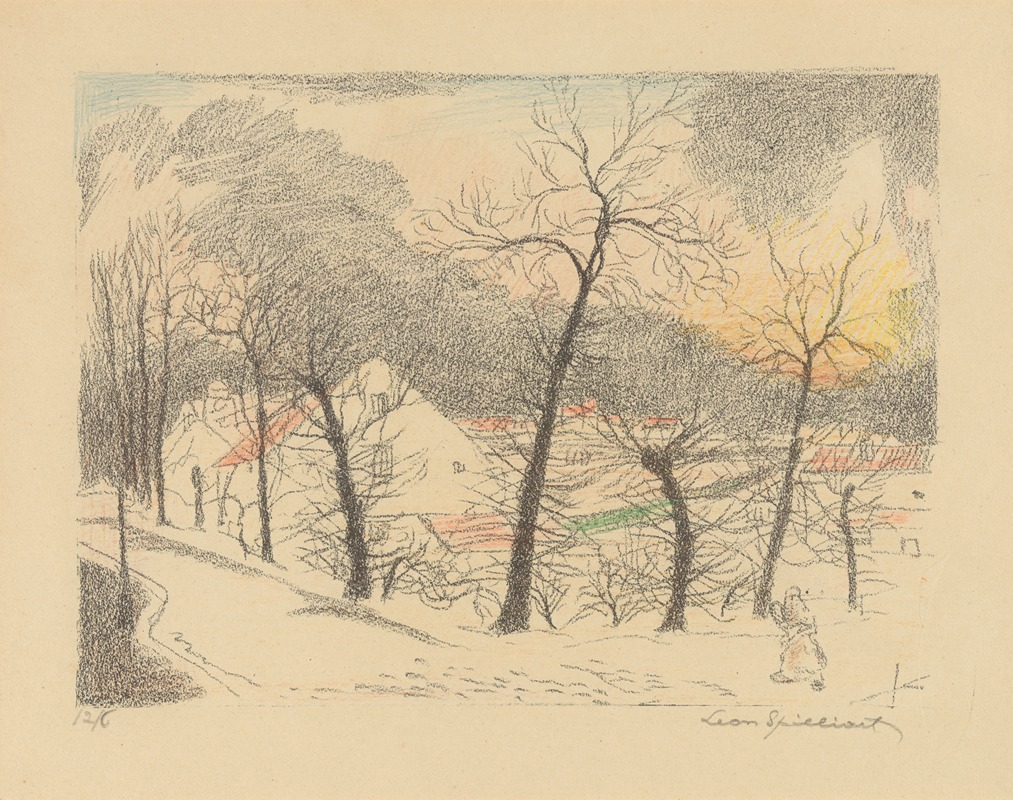
Sites Brabançons 8
A hand-painted replica of Léon Spilliaert’s masterpiece Sites Brabançons 8, meticulously crafted by professional artists to capture the true essence of the original. Each piece is created with museum-quality canvas and rare mineral pigments, carefully painted by experienced artists with delicate brushstrokes and rich, layered colors to perfectly recreate the texture of the original artwork. Unlike machine-printed reproductions, this hand-painted version brings the painting to life, infused with the artist’s emotions and skill in every stroke. Whether for personal collection or home decoration, it instantly elevates the artistic atmosphere of any space.
Léon Spilliaert (1881-1946) was a Belgian symbolist painter and graphic artist known for his unique style that often combined elements of symbolism, expressionism, and surrealism. His work is characterized by its introspective nature, often exploring themes of solitude, existential angst, and the mysterious aspects of the human psyche. Spilliaert's art is marked by its use of stark contrasts, dramatic lighting, and a limited color palette, which together create a haunting and atmospheric effect.
"Sites Brabançons 8" is one of Spilliaert's works, although specific information about this particular piece is limited. Spilliaert's oeuvre often includes landscapes, seascapes, and urban scenes, frequently depicting the coastal town of Ostend, where he was born and spent much of his life. His landscapes are known for their dreamlike quality and often feature desolate, empty spaces that evoke a sense of isolation and introspection.
In general, Spilliaert's work reflects his fascination with the interplay between light and shadow, as well as his interest in capturing the mood and atmosphere of a scene rather than its realistic details. This approach aligns with the broader symbolist movement, which sought to express the emotional and spiritual dimensions of human experience through art.
Spilliaert was largely self-taught, and his style was influenced by a range of sources, including the works of Edvard Munch, Odilon Redon, and James Ensor. His art also shows an affinity with the literary and philosophical currents of his time, particularly the existential themes found in the writings of authors like Maurice Maeterlinck and Edgar Allan Poe.
Throughout his career, Spilliaert worked in various media, including watercolor, gouache, ink, and pastel. His technique often involved layering these materials to achieve a rich texture and depth in his compositions. Despite his relatively limited formal training, Spilliaert developed a distinctive visual language that set him apart from his contemporaries.
While Spilliaert's work was not widely recognized during his lifetime, he has since gained a significant following and is now regarded as an important figure in Belgian art history. His paintings and drawings are held in numerous public and private collections, and his work continues to be the subject of exhibitions and scholarly study.
Unfortunately, detailed information about "Sites Brabançons 8" specifically is not readily available. It is likely part of a series or collection of works that explore similar themes or settings, as indicated by the numbering in the title. However, without more specific details, it is difficult to provide a comprehensive analysis of this particular piece. Nonetheless, it can be assumed that "Sites Brabançons 8" shares the characteristic features of Spilliaert's broader body of work, including its atmospheric quality and exploration of mood and emotion.





